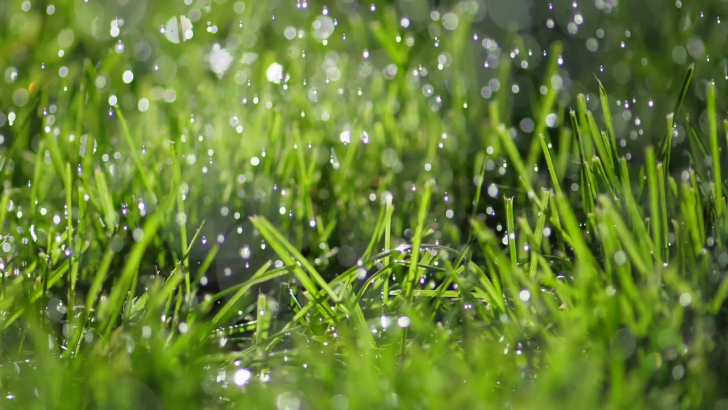Green Fingers
If our heatwave persists until August, the amount of jobs you can do in the garden will be down to the bare minimum, but there is still work to be done. Don’t be tempted to do too much at once, take breaks, drink fluids and remember, “no man ever drowned in his own sweat”!
It is during August that Rhododendrons and Camellias are initiating their flower buds for next year. To help maximise their potential, keep them well watered and feed them with a high potash feed. If you grow Rhododendrons and Camellias or Azaleas on lime or chalky soils, they may develop pale green or yellow leaves. This is lime-induced chlorosis.
To help prevent this, apply and water in an iron chelate compound during the growing season.
Prolonged dry spells may bring different pests and diseases to your garden. Powdery mildew is the most common problem that people experience. Affected plants look as if they have been liberally dusted with talcum powder. Some plants are more at risk than others. It is always worse where plants are under stress, in beds where soils have dried out badly. To help prevent this fungal disease never water over the top of the plants.
The leaves don’t need water, just water the roots. Improve soil conditions that are causing the stress. Soak the ground with water, feed with a high potash feed. Mulch generously now with homemade garden compost to retain the moisture and again next spring.
If you have roses and they regularly get powdery mildew, try working a product containing sulphur into the soil around them.
Clip beech and hornbeam hedges towards the end of the month. When done at the end of August, it brings about a chemical change inside the plant. This change means that although the leaves turn brown and die in the autumn, they will remain in the plant well into early spring, giving you an extra season of interest.
Berries
Pyracantha berries are starting to ripen, but the plant has put on a lot of growth since the berries were set. Go around the whole plant and cut back all the new growth to reveal the berries within. They will last through the autumn and well into winter.
Your lawn may be brown and crispy, but it is not dead. Just bear with it. Don’t water and don’t feed it. It will green up again when the rains return. If you look closely at the lawn you may see small green shapes, these are perennial weeds. Their long tap roots store water and feed. This allows them to survive and thrive during prolonged dry spells.
Now is your chance to go around and remove them with a hand trowel, when they are easily spotted against a brown background.


 Paul Gargan
Paul Gargan